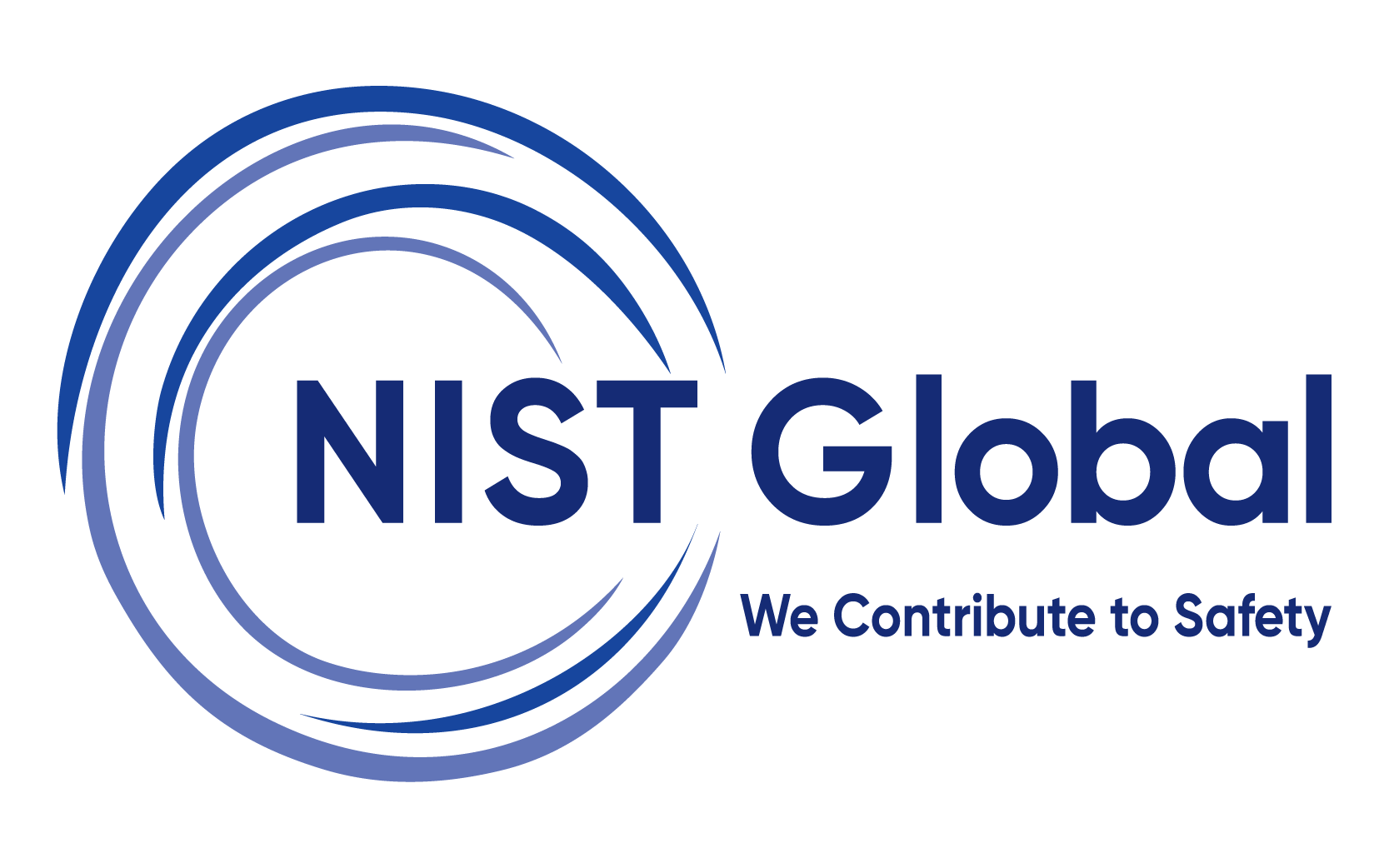Hot Work Safety
Hot Work Safety Training is designed to educate workers and supervisors on the fire and explosion hazards associated with tasks such as welding, cutting, grinding, and brazing. These high-risk activities are common across industries but can lead to serious incidents if not properly controlled.
Hot Work Safety Training
This course provides essential knowledge on hot work permit systems, hazard identification, use of fire-resistant PPE, fire watch duties, and emergency preparedness. Participants will learn how to implement effective fire prevention measures and comply with regulatory standards and relevant Indian fire safety codes. Ideal for professionals in construction, oil & gas, manufacturing, and maintenance sectors, this training helps reduce fire-related incidents and supports the creation of a safe and compliant work environment.
-
Duration1 Day
-
Training ModeVirtual/Face to Face
-
LevelIntermediate/Advance
-
LanguageEnglish and other regional languages based on availability
-
Content CustomizationClient specific/Industry specific/Site specific
Why Should Employers Invest in this Training?
- Prevents Fire and Explosion risk: By reducing the likelihood of fire-related incidents caused by sparks, heat, or contact with flammable materials.
- Ensures Regulatory and Insurance Compliance: By aligning with legal mandates and insurance policy requirements for hot work permit systems.
- Minimizes the risk of operational down time and Costs: By Preventing property damage, equipment loss, and unplanned shutdowns, saving time and money. Builds a strong safety culture which promotes accountability among workers, supervisors, and permit holders.
- Builds Workforce Competence and Awareness: Educates workers on hazard recognition, safe practices, and emergency procedures specific to hot work.
- Strengthens Emergency Preparedness: By training employees to respond effectively in case of fire, equipment failure, or hot work-related incidents.
- Enhances Organizational Safety Culture: Encourages responsible behaviour around ignition sources, fostering a proactive and safety-conscious workplace.
- Protects Business Reputation and Continuity: Demonstrating management’s commitment to safety and builds trust with clients, auditors, and regulatory bodies.
Training Objective
The objective of the Hot Work Safety Training is to develop participants’ ability to safely perform tasks such as welding, cutting, grinding, and brazing by understanding and controlling associated fire and explosion hazards. The training focuses on identifying fire and explosion hazards, implementing the hot work permit-to-work system, and conducting pre-job risk assessments. Participants will learn to correctly implement the hot work permit-to-work system as a critical control measure. Participants will learn to apply fire watch protocols, use fire- resistant PPE and fire fighting equipment correctly, and follow safety procedures before, during, and after hot work. The course also strengthens emergency response capabilities and ensures compliance with Indian fire safety regulations. Ultimately, it promotes a proactive safety culture and reduces the risk of fire-related incidents in the workplace.
Training Methodology
Instructor-led
Sessions
Risk Study
Assessment
Hands-On
Practical
Group
Discussions
Knowledge
Checks
Virtual
Mode
Final
Assessment
How Will This Training Strengthen Workforce Readiness?
Hot Work Safety Training equips employees with the critical knowledge and skills to perform fire-prone tasks safely and responsibly. It enhances individual preparedness, team coordination, and overall workplace resilience in high-risk environments.
- Hazard Awareness Enhancement - Learn to identify flammable materials, ignition sources, and unsafe conditions before beginning any hot work task and reducing the risk of fire or explosion.
- Mastery of Permit-to-Work Procedures - Training ensures employees understand and follow the structured hot work permit system, promoting accountability and compliance with legal and insurance standards.
- Fire Prevention Best Practices - Participants are trained in essential controls such as isolating combustibles, using fire blankets, and verifying safe zones thus helping to prevent incidents before they start.
- Proper Use of PPE and Fire Equipment - Workers gain hands-on knowledge in selecting and using fire-resistant PPE, fire extinguishers, and thermal barriers thus ensuring personal and site safety during operations.
- Strengthened Emergency Response Readiness - Includes simulated scenarios to prepare workers for immediate, confident action during fire emergencies, minimizing harm and recovery time.
Who can take this course?
This course is ideal for individuals involved in hot work activities such as welding, cutting, grinding, brazing. It is suitable for:
- Welders cutters and fabricators
- Maintenance and Utility Workers
Assessment
✅ Multiple Choice Questionnaire (MCQ)
Training Mode
Face to face training
Virtual training

